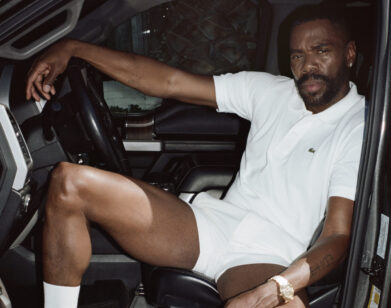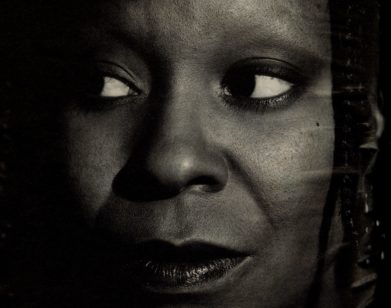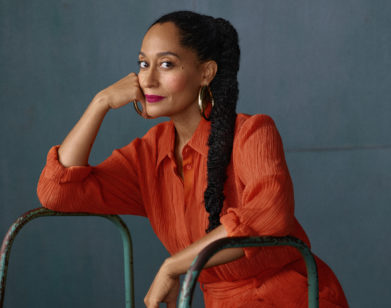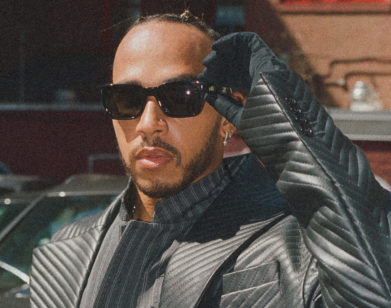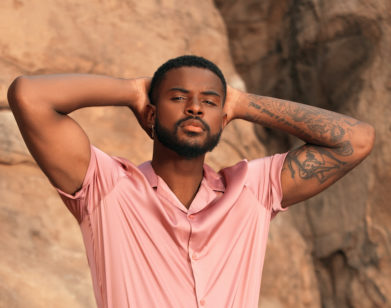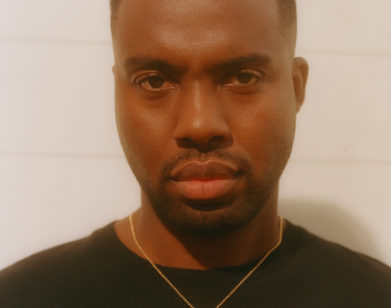a life in
Patrisse Cullors Shares Her Objects of Self-Preservation
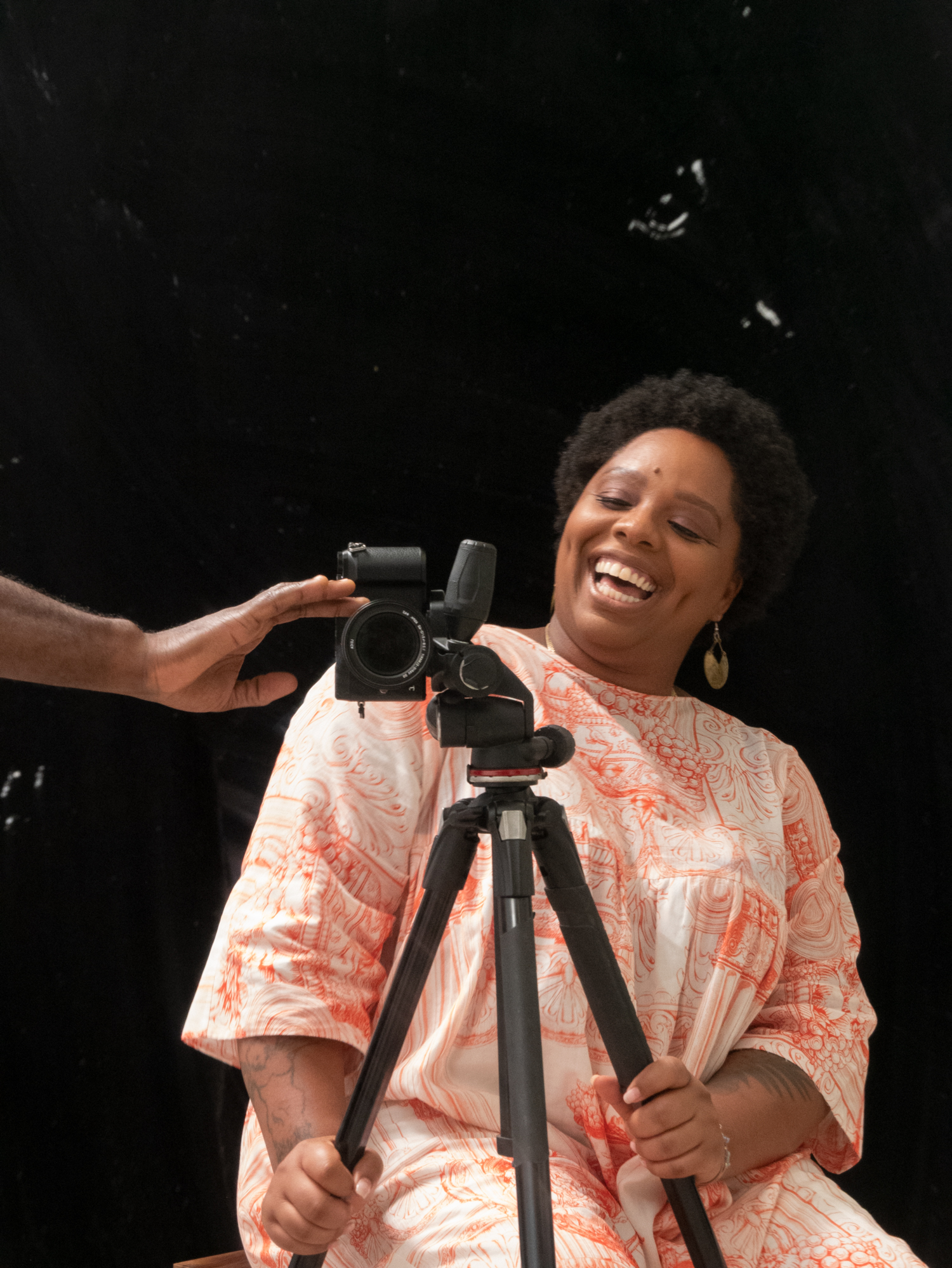
In 2013, shortly after George Zimmerman was acquitted of the murder of Trayvon Martin, Patrisse Cullors left a comment on her friend Alicia Garza’s Facebook page: “declaration: black bodies will no longer be sacrificed for the rest of the world’s enlightenment. i am done. i am so done. trayvon, you are loved infinitely #blacklivesmatter.” Soon after, Cullors, along with Garza and Opal Tometi, co-founded Black Lives Matter, a network that put a name to all the organizing and advocacy she had done throughout her life. After George Floyd’s murder last May, Black Lives Matter grew from a national organization into a global rallying cry. The hashtag Cullors created seven years ago can now be found painted in the windows of local businesses, on NBA basketball courts, and on a street leading directly to the White House. As Black Lives Matter has evolved into the central nervous system in the fight against police brutality and racial injustice, Cullors has become one of the most visible and respected activists of her generation, equally effective when speaking at protests in her hometown of Los Angeles as she is on Good Morning America. Cullors is one of the leaders in the campaign to defund police departments, and, in the run-up to this year’s presidential election, a fierce advocate for voting rights. Here, she offers us an important lesson in resistance: rest.
———
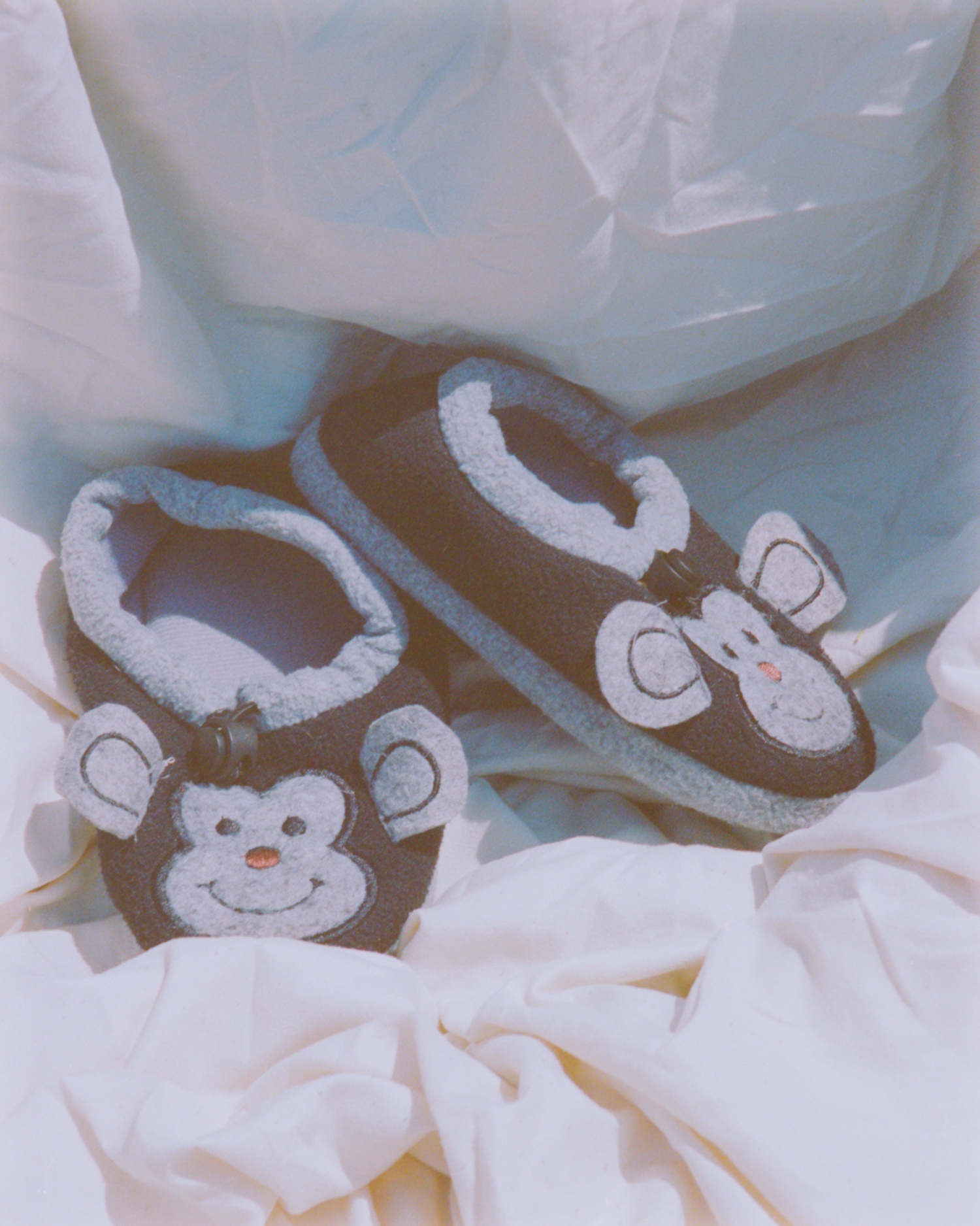
“I had a really challenging pregnancy. I ended up being wheelchair-bound because of a condition where my hip joints couldn’t support the weight of the baby. This was during the first height of Black Lives Matter in 2016, so I was traveling everywhere. When I finally gave birth to my son, people said, ‘They grow so fast,’ so I’m really trying to cherish this moment. I don’t talk about him often and he’s not on my social media because of how many death threats I get, but part of the work of fighting for Black lives is that when you’re a Black parent, you’re raising Black kids with love and care and generosity.”
———

“This necklace was created for Black Lives Matter by Lisa Rueff, the founder of Collective Hearts. She launched a fundraiser and asked me what colors I wanted it to be. I said black and gold for our colors, which are black and yellow. She has sold $20,000 worth of them and donated the proceeds to Black Lives Matter. It’s my protective necklace. The Right tries to paint BLM as being angry all the time. Wearing this heart softens who we are and who I am, and shares a little bit more about how I see the world.”
———
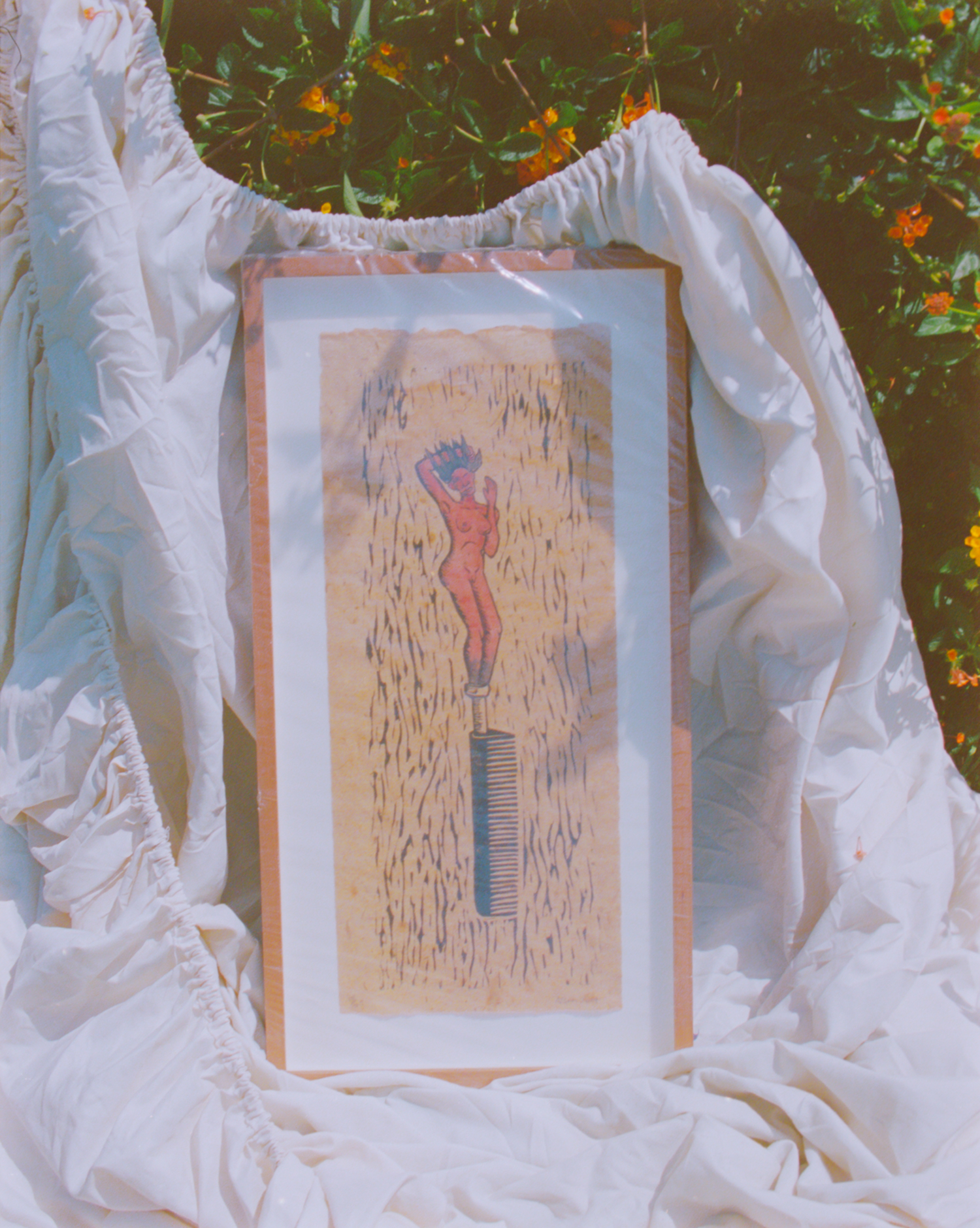
“Betye Saar is a big-time artist who emerged from the Black Arts Movement. I have an art crush on her. I came across her daughter Alison’s work at L.A. Louver gallery in Venice, and fell in love with it. Her work focuses on the African diaspora and Black female identity, and often depicts Black women in all their different shapes and forms. This print is of a Black woman, almost like a doll figure, positioned on a hot comb, which every young Black girl knows intimately because it’s what we use to straighten our hair. I have it up in my home because it’s important for Black children in particular to grow up with Black art around them.”
———
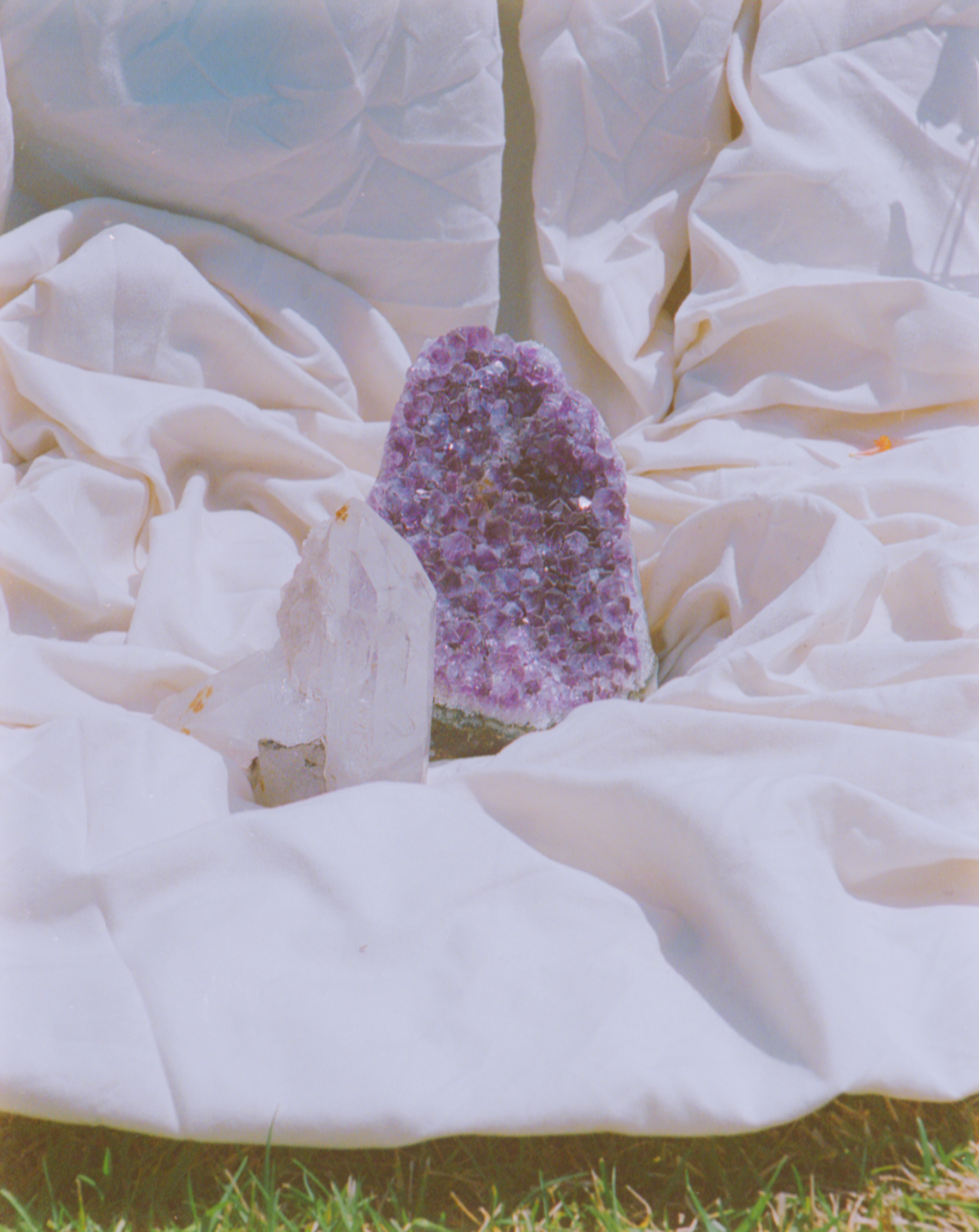
“I’m from California, so I’ve been rocking with the crystal world since I was a teenager. Every single crystal has a different feeling. We don’t realize how much of our bodies are made up of minerals, the same ones that are in rocks and stones and crystals. Sometimes I place them on my throat before I’m going to go speak somewhere, or if I’m feeling nervous or anxious, I’ll sleep with a crystal under my pillow. I see them as my buddies—they restore me.”
———
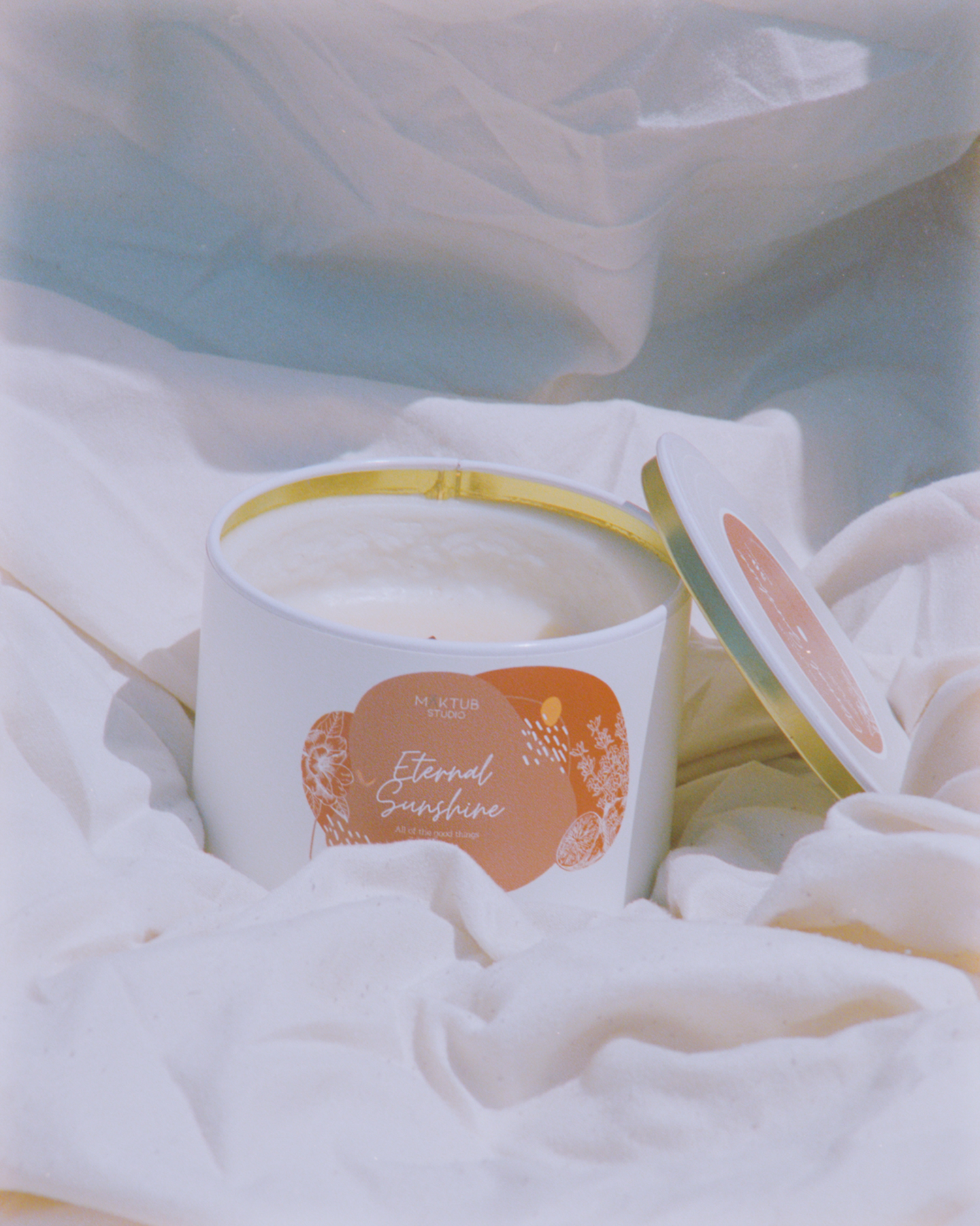
“I light this every evening as a way to wind down from all the work I’m doing. After I put my son to sleep, I’ll curl up on my couch, light the candle and the sage, and turn on my favorite show. I don’t know where I got it from, because people send me so many things, but it’s a MĀKTUB Studio ‘Eternal Sunshine’ candle, and it burns beautifully.”
———
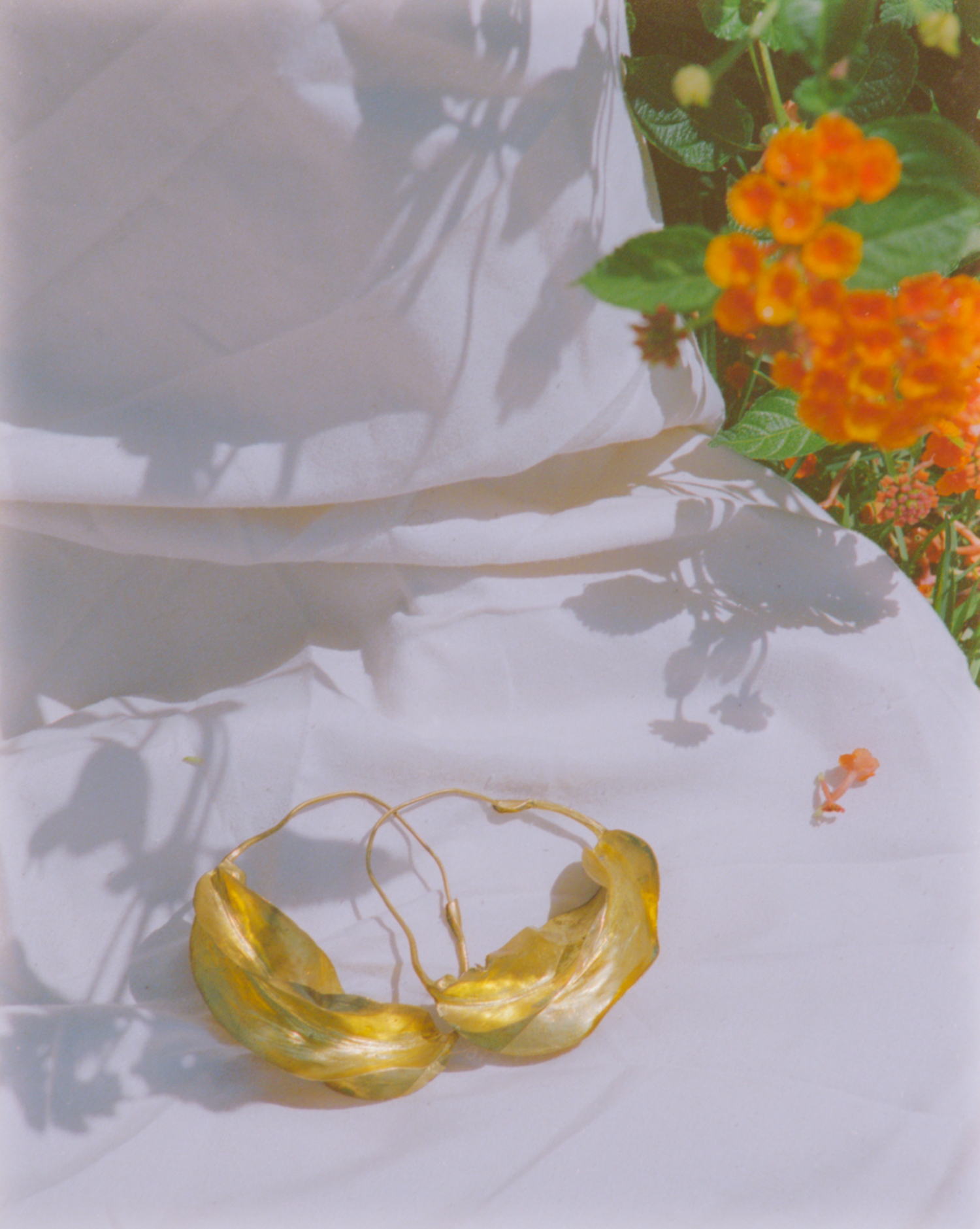
“I got these earrings from one of my favorite West African stores in L.A. called Kutula. Before the pandemic, pretty much everything I wore was their clothing. I just love the shape of them and the feminine touch they bring. These are my power-warrior earrings”
———
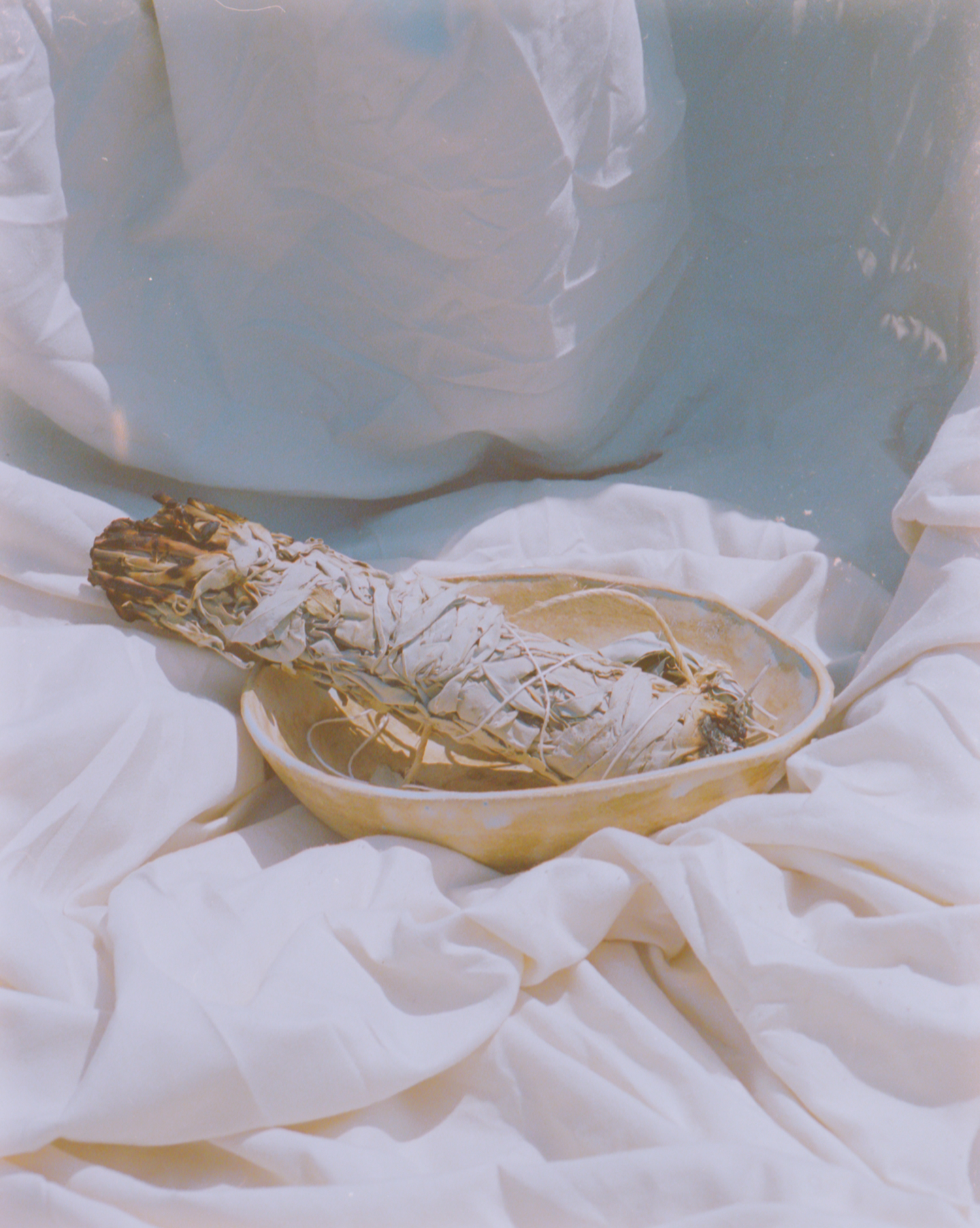
“I’ve always kept a bundle of sage with me since I was probably 18 years old. It’s a sacred plant that I use in every space I enter. I really believe in its healing energy, which is why we’re always burning sage at protests and other public events.”
———
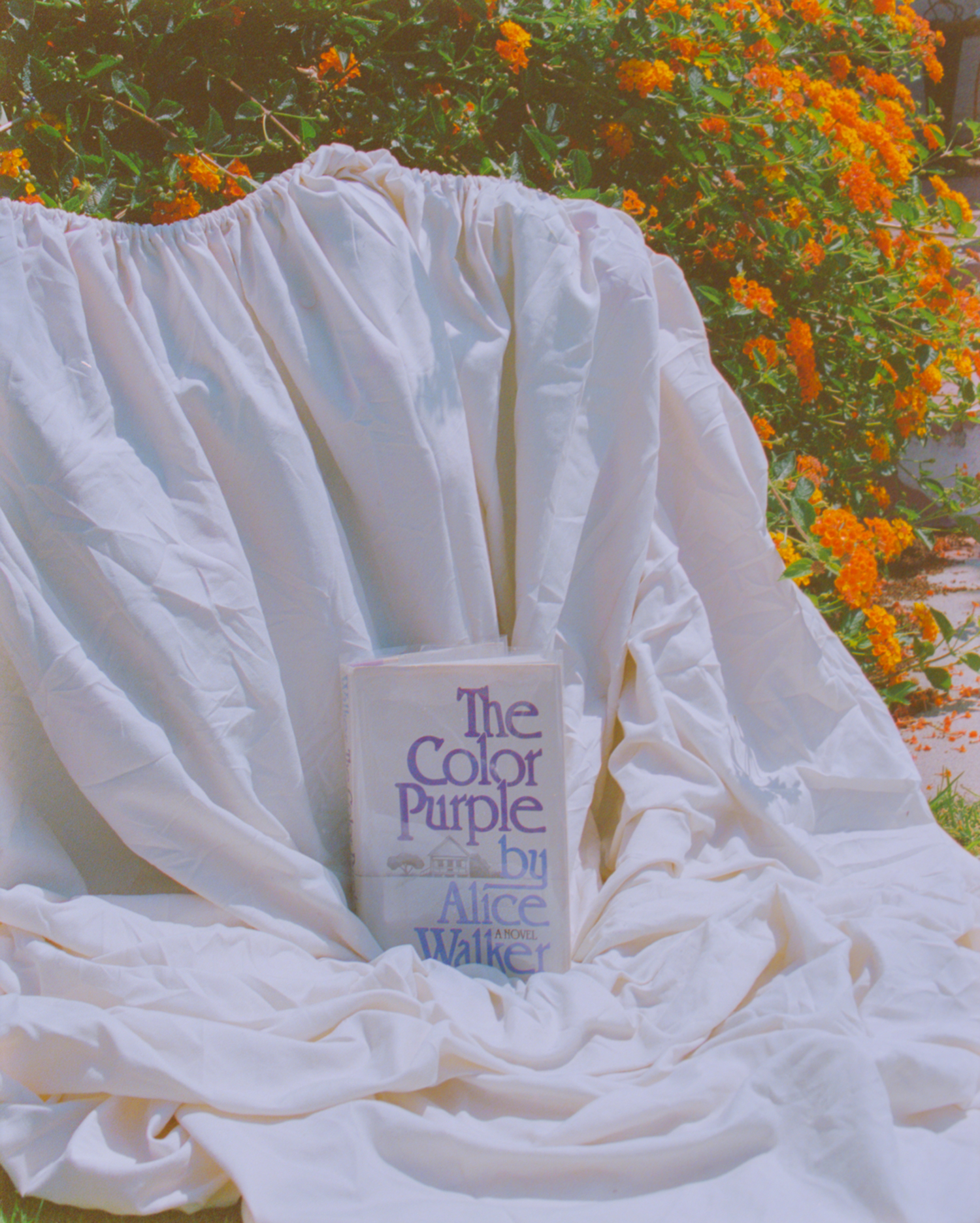
“I read The Color Purple in high school and it was transformative, both the characters’ journeys, but also knowing what Alice Walker dealt with when she wrote it, how upset the Black community was at her for airing internal secrets about abuse and sexual assault. A lot of people wanted to boycott the book. I relate to her journey of courage and boldness. She always spoke out for the health and wellness of our people and the sharing of what we’ve experienced. It was also the first time I read about Black women being with each other. There’s a scene with Shug and Celie that is basically a sex scene. As a queer black woman, I was like, ‘My goodness, this is amazing.’”
———
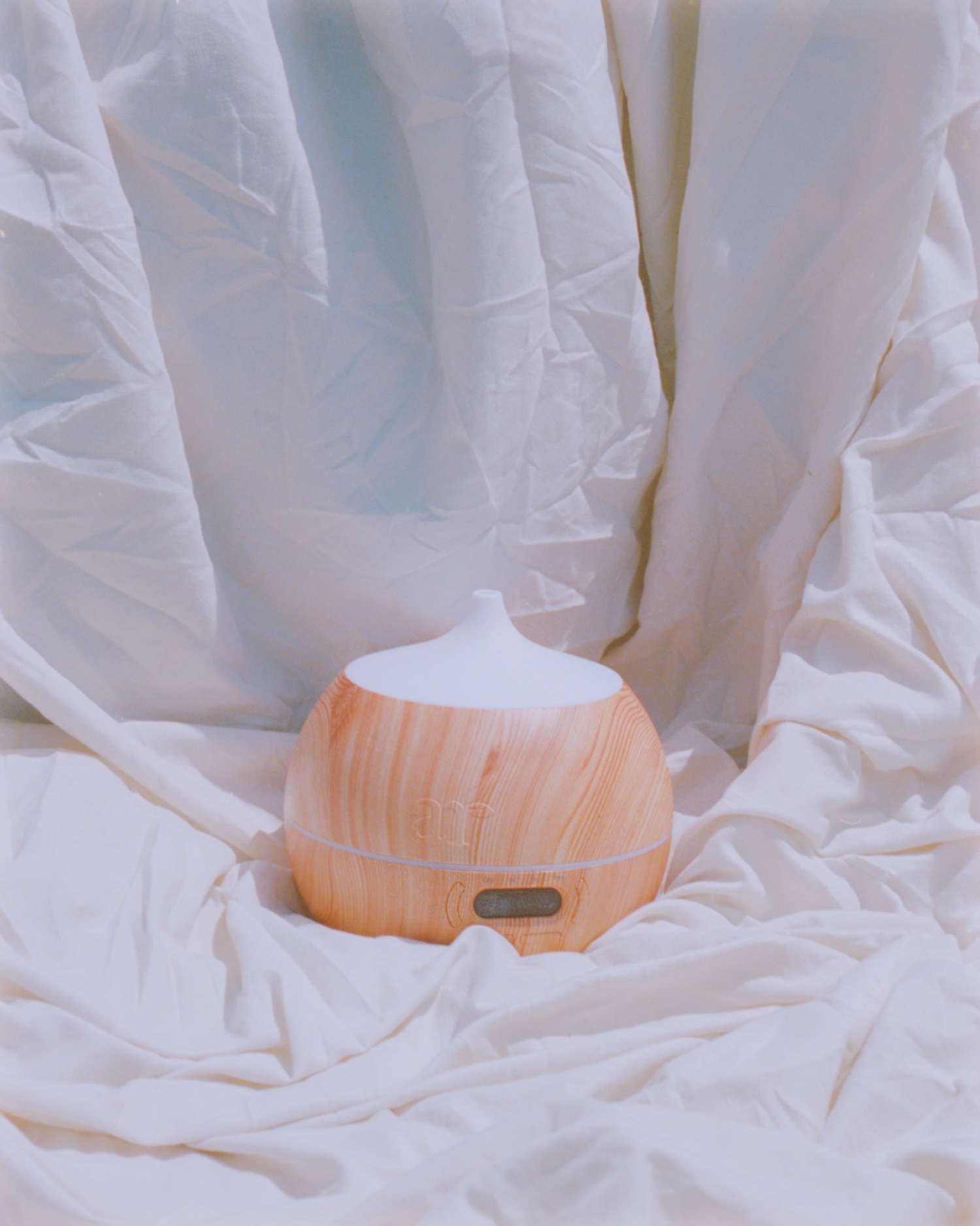
“[The actor] Yara Shahidi and her family got me this for my birthday. They dropped it off with a card and I’ve used it every day since. It’s a humidifier and speaker that actually lights up in different colors, sort of like mood lighting. When I go to sleep, I play rain and thunder sounds. Someone who I really admire is Tricia Hersey, who started The Nap Ministry. Her tagline is “Rest as resistance,” and her claim is that sleep deprivation is a part of racism and that Black people have suffered for years from our inability to have full and restful sleep. And so this humidifier is important when thinking about how crucial it is for us to get our sleep, especially to do the work that we do.”
———
Portrait: Paul Mpagi Sepuya
Still lifes: Terrence Blakely
Makeup: Latoya De’Shaun
This article appears in the Fall 2020 issue of Interview Magazine. Subscribe here.

